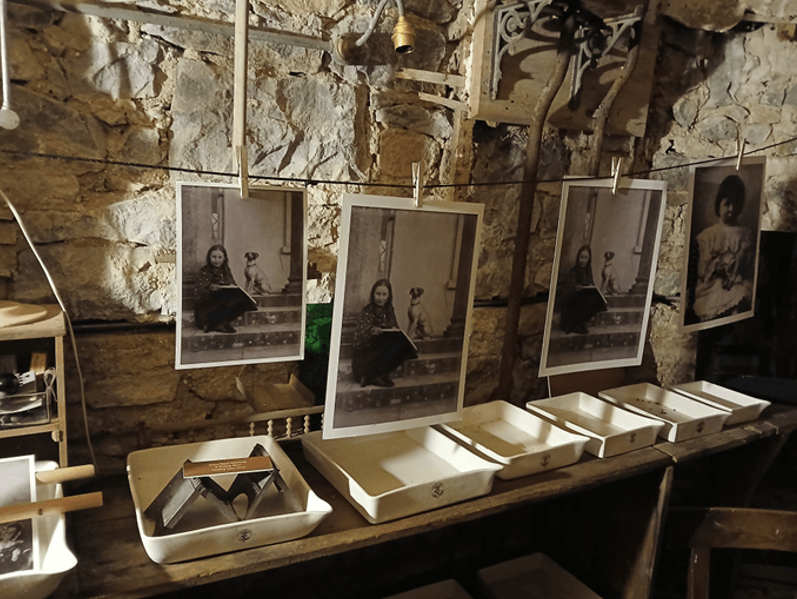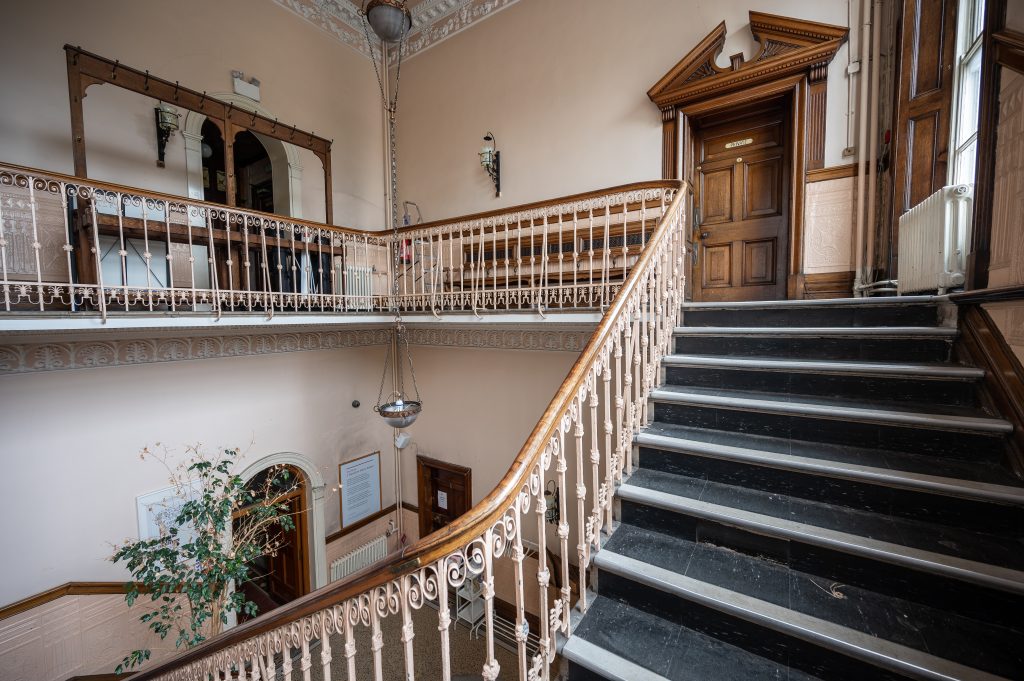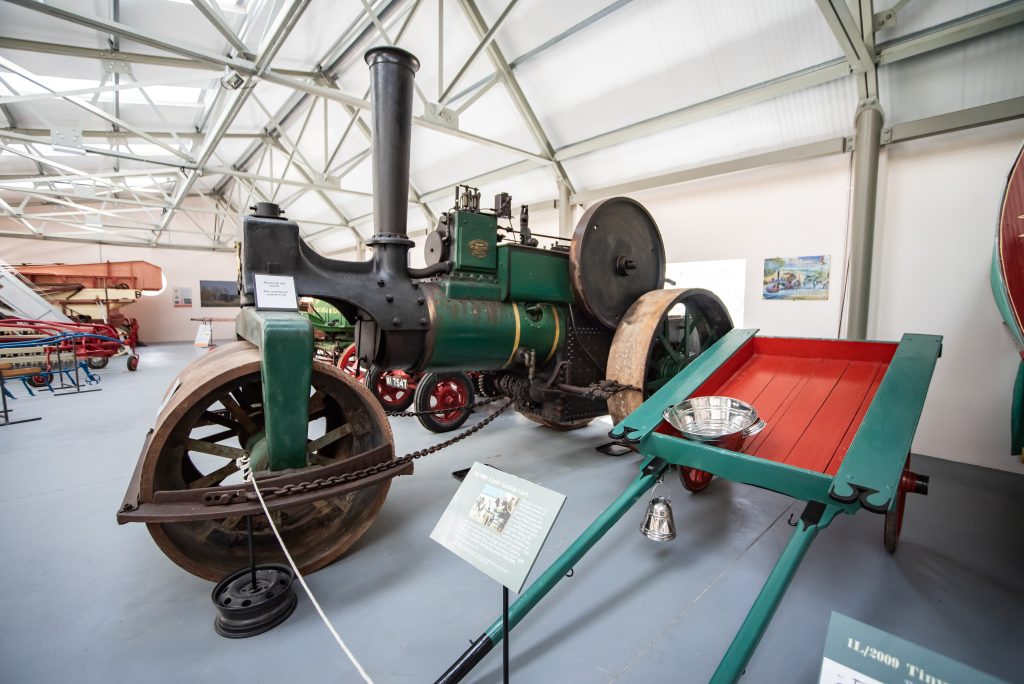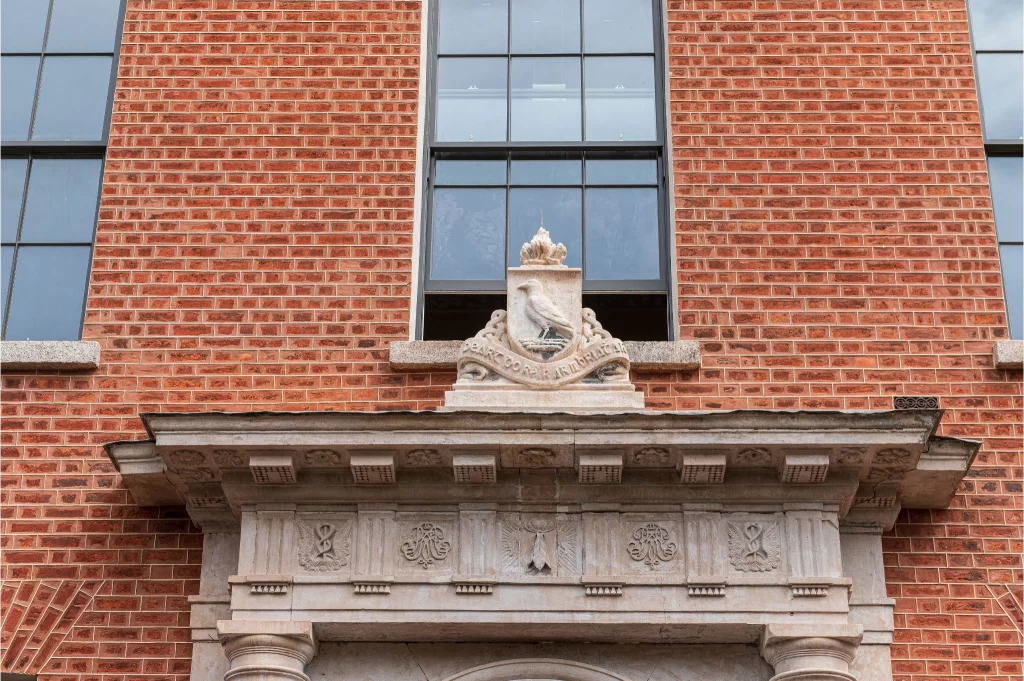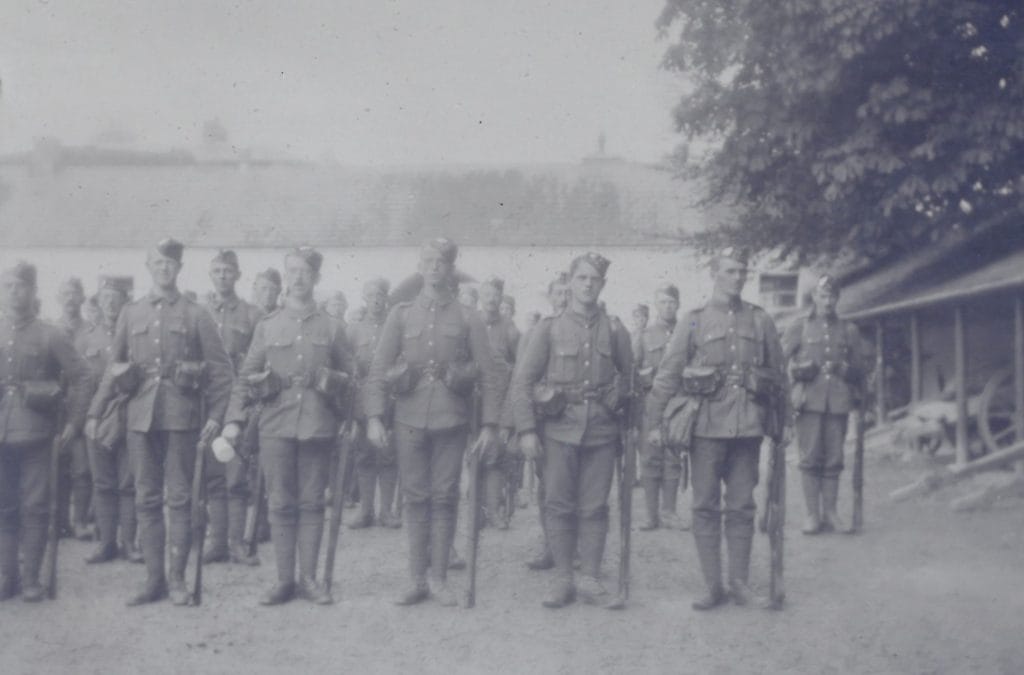6 August 2024
Brendan O’Neill sculpture gives insights into the history of Irish Famine aid
A life-size bronze sculpture entitled ‘The Gift’ has been unveiled outside the National Famine Museum at Strokestown Park. It commemorates the generous aid provided by the Choctaw Nation to Ireland during the height of the Great Irish Famine.
Choctaw Famine Aid Sculpture
Esteemed American sculptor Brendan O’Neill, based in Maryland in the USA, sculpted and donated ‘The Gift to the museum. It is a replica of his original piece displayed at the Choctaw Cultural Centre in Oklahoma and is now permanently installed in the courtyard adjacent to the National Famine Museum.
Measuring 29 inches tall and 41 inches wide, this poignant artwork depicts an elderly Choctaw woman and a younger Choctaw man embracing in a gesture of support and protection. They extend a hand of friendship to the Irish people as the woman holds an “ampo,” or eating bowl, symbolising sustenance and nourishment.
Commemorating Great Humanity
Brendan O’Neill has created numerous bronze sculptures for various institutions, including the State of Maryland, Indiana University, Native American reservations, and cultural centres. His work is characterised by its profound storytelling and historical significance capturing the essence of the human spirit and heritage. This piece symbolises the matriarchal structure of the Choctaw society. The period clothing, features, styling and native symbols were meticulously crafted with guidance from Choctaw Cultural Centre’s Curator, Claire Young.
Reflecting on the inspiration for ‘The Gift’, Mr. O’Neill said: “Given my ancestral ‘O’Neill’ Irish roots and my interest in Native American history and culture, I was naturally struck by the significance of the Choctaw Nation’s gift to the Irish during ‘An Gorta Mór’ in 1847. I reached out to the Choctaw Elders and offered to commemorate that gift with a bronze sculpture, which I sculpted over a two-year period and delivered to the Choctaw Cultural Centre, in September 2023. I am delighted to donate a copy of this sculpture with The National Famine Museum in Ireland.”
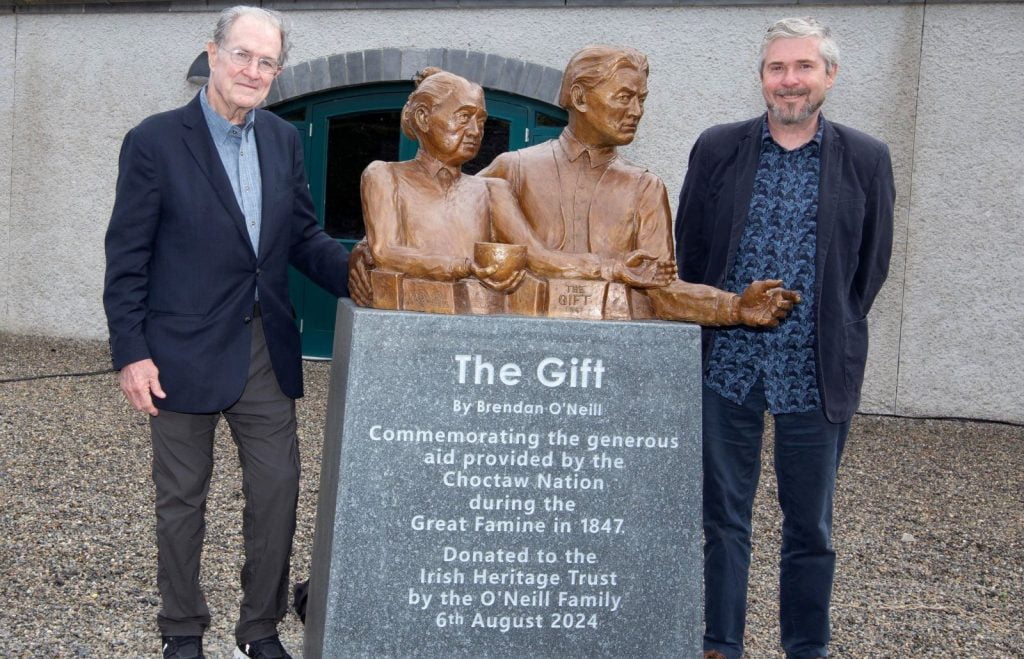
John O’Driscoll, Irish Heritage Trust General Manager at Strokestown Park & the National Famine Museum added: “We are honoured to receive this historically significant sculpture here in Strokestown Park, where it is now prominently displayed beside the National Famine Museum entrance. This is a fitting location for this meaningful artwork, offering visitors an appreciation of the historical bond between the Choctaw Nation and the Irish people. It offers a deeply moving account of the Great Irish Famine before entering the museum”.
Indigenous Aid – The Choctaw & Ireland
Up until the 1830s, the Native American Choctaw had their traditional lands in Mississippi in the rich south-eastern part of the United States. The Indian Removal Act of 1830 looked to forcibly clear them from these lands and resettle them in what is now Oklahoma. Most Choctaws took the journey which became known as the “Trail of Tears” and many thousands died on the trail.
When Ireland was deep in the throes of the Great Famine in 1847, the international call for aid for the starving Irish was heard by the Choctaw. These people, who had no connection with Ireland and were themselves impoverished and marginalised, gave generously to the cause of Irish famine relief. This remarkable selfless act from people who were themselves still suffering following their displacement, has since been honoured and remains a great symbol of the humanity of giving to those in greater need. It has created a lasting friendship between the two nations.
The Honouring Choctaw and Cherokee Irish Famine Aid video below explores the history and legacy of the gift including footage of the sculpture casting.
Virtual exhibition on Honouring Indigenous Aid available here.
Listen to Brendan O’Neill talking about the sculpture on RTE News at One
Strokestown Park House and the National Famine Museum is open 7 days a week.


